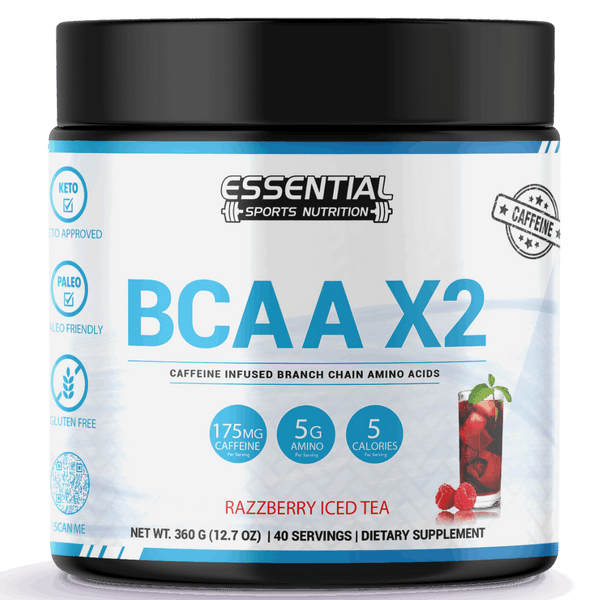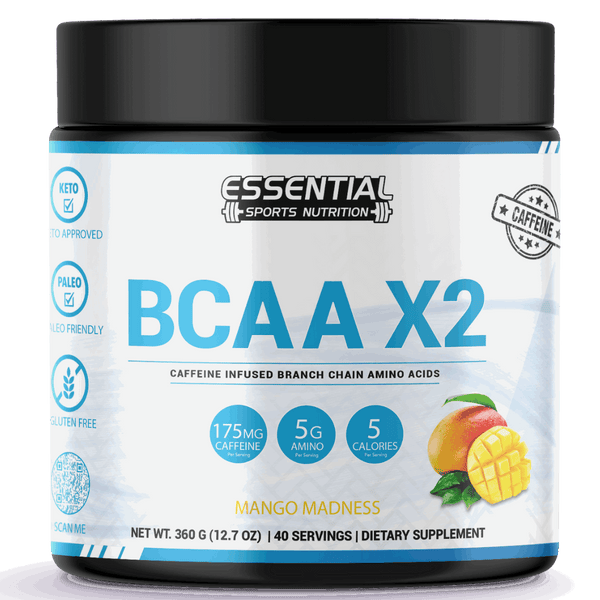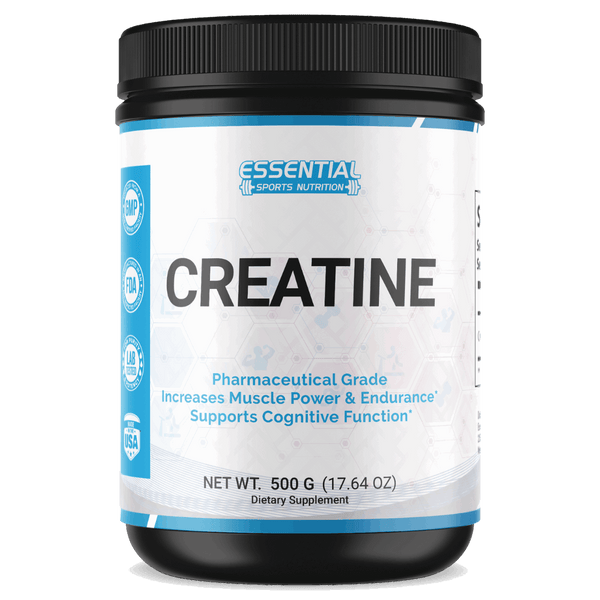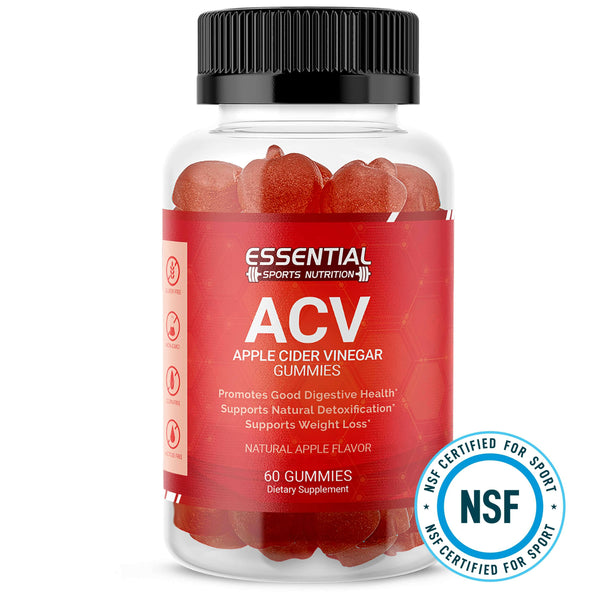Glute Exercises for Beginners: Sculpt Your Hamstrings and Glutes
Having weak and small glute muscles can make you look different and cause hip and back issues. It's key to add good glute workouts to what you do every day. This piece will talk about the top workouts for newbies that make your glutes look and feel stronger.

Key Takeaways:
-
Glute exercises are essential for beginners to strengthen and tone their glutes.
-
Activation exercises help engage the glute muscles that may remain inactive.
-
Inverted hamstring, glute bridge, and split squats are effective for glute activation.
-
Incorporating lunge variations and squat jumps can further activate the glutes.
-
Start with proper form and gradually increase the intensity for optimal results.
Why Glute Activation is Important for Beginners
If you're starting your fitness journey, focusing on your glutes is key. Glute activation exercises are essential for beginners. They help turn on the muscles in your behind that might not be used much. Strong glute muscles make your lower body look better. They also boost your lower body strength and keep you stable.
The Benefits of Glute Activation
Glute activation gets your butt muscles ready for action. This is super important if you're just starting out. If your glutes aren't working right, other muscle groups might try to work harder to compensate and make up for it. This can lead to injuries or not moving the right way.
With these exercises, your glutes get stronger. They also make your hips move better and increase your lower body strength. Plus, working your glutes can straighten your posture, ease back pain, and up your game in sports. This includes running, jumping, and lifting.
The Best Glute Activation Exercises for Beginners
To get your glutes going, mix glute activation with exercises aimed at your butt. Here are some top moves for newbies:
-
Inverted Hamstrings: This move has you balance on one leg and stretch the other back. It wakes up your glute muscles and helps with hip and butt stability and coordination.
-
Glute Bridge: For the glute bridge, you lie on your back, squeeze your glutes, and lift your hips. This fires up your butt muscles. You can make it tougher with a stability ball or weights.
-
Split Squats: This is a one-legged squat that targets your butt. Step into a lunge and squat down. It's great for your glutes, balance, and stability.
-
Glute Exercises with a Stability Ball: Using a stability ball makes your workouts harder. Try glute bridges with your feet on the ball to challenge your butt even more.
Adding these moves to your routine can help make your glutes stronger and more toned if you're just beginning. Remember to keep your technique correct. Increase your workout intensity slowly. And always pay attention to your body to avoid getting hurt.
Inverted Hamstring for Glute Muscle Activation
The inverted hamstring exercise is great for starting your journey to stronger glutes. It's about balancing on one foot and sending the other leg back. This motion wakes up your glutes, while also making your hips and glutes work together better.
To do this exercise right, start by standing up straight. With your feet flat on the floor and set apart as wide as your hips. Keep your core muscles tight and lift one foot just a bit off the ground. Then, bend forward at the hips and kick the lifted leg back. Make sure to keep your back straight and your arms extended in front for extra balance.
While you move, the glute on your standing leg should be hard at work. This helps keep you steady and really targets those glute muscles. After a short hold at the lowest point, lift yourself back up to start again. Do this as many times as you like, then switch to the other leg.
Try mixing the inverted hamstring into your warm-up or your lower body exercises. It’s a great way to make your glutes stronger and more toned.
Keep reading to learn more about waking up your glutes. Find out which exercises are best for beginners looking to build stronger glutes.
Glute Bridge for Glute Activation
The glute bridge is a great exercise for your glutes. It's easy for beginners and really helps strengthen your muscles.
To do the glute bridge:
-
Lay on the floor with knees bent and feet on the ground. Arms should be at your sides.
-
Push your hips up by squeezing your glutes. Create a straight line from shoulders to knees.
-
Hold it briefly at the top. Then, lower your hips to where you started.
You can make the glute bridge tougher by using a stability ball or weights. Using a stability ball makes your glutes work more to keep you balanced.
Check out the benefits of the glute bridge:
| Benefits of Glute Bridge Exercise |
|---|
| Strengthens and activates your glute muscles |
| Makes your hips more stable and mobile |
| Reduces lower back pain |
| Can be leveled up for more challenge |
Always pay attention to doing it right. Push your glutes up hard at the highest point. Adding glute bridges to your workouts will really boost your glute strength.
Split Squats for Glute Activation Exercises
Split squats are perfect for anyone beginning their fitness journey. They focus on the glutes and improve balance and stability.
These exercises mean stepping forward into a lunge, and then squatting down. You work one leg at a time with split squats. They help you connect better with your glute muscles and enhance lower-body coordination.
Start with bodyweight split squats to learn the correct form. Keep your front knee over your ankle and not past your toes. When you're ready, add dumbbells to increase the challenge.
Adding split squats to your workout will boost your glute activation. It also supports balanced growth in your lower body.
Tips for Performing Split Squats:
-
Begin in a balanced standing position with your feet hip-width apart.
-
Take a large step forward with one foot, ensuring that your knee aligns with your ankle.
-
Lower your body by bending both knees, ensuring that your front knee remains aligned with your ankle.
-
Go as low as you comfortably can without your back knee touching the floor.
-
Push through your front heel to rise back up to your starting position.
-
Repeat the movement on the opposite leg.
| Benefits of Split Squats: | How to Perform Split Squats: |
|---|---|
|
|
Intermediate Glute Exercises with Stability Ball
Using a stability ball for glute exercises makes your workout stronger. Doing exercises like glute bridges on it adds a challenge. Your glutes work harder to keep you stable. This makes them stronger and more steady.
The ball lets you move more, which is great for your glutes. You can start with these easy exercises:
-
Glute Bridge with Stability Ball: Start by lying on your back, feet on the ball. Push down, lift your hips, and hold. Then lower back down. Do this many times.
-
Hamstring Curl with Stability Ball: Lie down, feet on the ball, and lift your hips. Bend your knees, pulling the ball in, then straighten. Keep your hips up as you repeat.
-
Single-Leg Glute Bridge with Stability Ball: Do a glute bridge with one leg on the ball, the other in the air. Push up through your heel on the ball. Lower down and switch legs.
These moves focus on your glute muscles. They make them stronger and more stable. Keep your form right, and choose the right ball size. As you get better, try a bigger ball or add weights.
Adding ball exercises to your workout boosts your glutes. Prepare for a real burn and great results. These exercises will shape and strengthen your glutes!
Romanian Deadlift for Glute Activation
The Romanian deadlift is great for working your glutes, especially your hamstring muscles. It also works your glute muscles. This exercise needs you to hinge at the hips while keeping your back straight. This move activates the glutes and hamstrings.
Doing the Romanian deadlift the right way can fire up your glutes. It also boosts lower body strength and stability. It's perfect for beginners wanting stronger glutes and hamstrings. It adds value to any workout by activating the glutes.
You can do the Romanian deadlift with dumbbells or a barbell. This lets you add more weight as you get stronger. Starting with lighter weights is key. This helps avoid injury and makes sure your glutes are working hard.
Tips for Performing the Romanian Deadlift:
-
Stand with your feet shoulder-width apart, holding the dumbbells or barbell in front of your thighs.
-
Engage your core and maintain a slight bend in your knees.
-
Hinge at the hips and allow the weights to lower towards the ground, keeping your back straight and your chest lifted.
-
Lower the weights until you feel a stretch in your hamstrings, then squeeze your glutes and return to the starting position by driving your hips forward.
-
Repeat for the desired number of repetitions, focusing on maintaining proper form and feeling the activation in your glutes and hamstrings.
Adding the Romanian deadlift to your workout makes your glutes and hamstrings stronger and more defined. Always start with a manageable weight. This ensures good form. Gradually increase the weight as you get better. With steady practice, the Romanian deadlift can be a top exercise for powering up your glutes and boosting lower body strength.
Lunge Variations for Glute Activation
Lunges work the glute muscles and make your lower body stronger. Adding different lunge styles to your workout hits the glutes in unique ways.
The forward lunge is a go-to move. Stand up straight and spread your feet as wide as your hips. Step your right foot forward and bend both knees, going down towards the floor. Make sure your front knee doesn't pass your toe, and your back knee almost touches the ground. Push off your front heel to stand back up, then switch sides.
Try the backward lunge too. Stand with feet hip-width apart. Step back with your right foot into a lunge. Your front knee should stay over your ankle, and your back knee close to the floor. Push off your front foot to stand up. Do it on both sides.
The side lunge is another excellent choice for your glutes. Stand with feet wider than your hips, toes facing ahead. Step out to the right, bending your right knee, and keep the left leg straight. Push off with your right foot to return. Do the same on the left.
Adding a twist to lunges works your glutes harder. While lunging forward, rotate your torso towards your front leg. This moves your glutes and sides more. It also helps to strengthen your core.
Always focus on good posture in each lunge. Keep your chest up and core tight. Start with just your body weight. Then you can add weights as you get stronger.
Squat Jumps for Advanced Glute Activation
Want to focus on your glutes and make them stronger? Try squat jumps. They start with a squat and launch you into the air. This fires up your glutes along with your hips, knees, and ankles. Squat jumps are great for making your lower body muscles stronger.
To do squat jumps right, keep good form. Stand with your feet apart, toes out. Squat down, chest up, back straight, knees over toes. Then jump up, pushing from your heels, and stretch out. Land softly back into a squat and do it again. Each time, tighten your core to stay stable. Squat jumps aren't just for glutes. They also boost your power. Adding them to your workouts can make your glutes and lower body stronger.
If you're new, go slow. Start with no weights and build up slowly. Use a soft spot to land or a band to help if you need it.
Add squat jumps to your workouts for better glutes and legs. Try 2-3 sets of 10-15 reps. Rest for 30-60 seconds in between. Always listen to your body and change the workout to fit your needs.
Conclusion

Starting with glute exercises is key for anyone new who wants to get strong and toned glutes. Exercises like the inverted hamstring, glute bridge, split squats, and lunges work your glutes. They boost your lower-body strength, make you more stable, and help your glutes grow.
Always begin with the right form and slowly up your workout's intensity. This way, you'll see the best results.
Best Glute Exercises FAQs
Q: What are the best glute exercises for beginners?
A: Some of the best glute exercises for beginners include squats, lunges, glute bridges, split squats, and single-leg glute bridges.
Q: How can I activate my glutes during a workout?
A: To activate your glutes during a workout, focus on squeezing your glutes at the top of each movement and engaging them by consciously contracting the muscles.
Q: Are there specific exercises that target the glute muscles?
A: Yes, exercises like squats, lunges, glute bridges, and split squats are particularly effective at targeting and strengthening the glute muscles.
Q: What equipment do I need for beginner glute exercises?
A: For beginner glute exercises, you can use just your body weight or incorporate dumbbells or resistance bands to increase the intensity of the workout.
Q: How often should I train my glutes as a beginner?
A: As a beginner, it's recommended to train your glutes 2-3 times a week with adequate rest in between sessions to allow for muscle recovery and growth.
Q: What are some beginner-friendly glute activation exercises?
A: Beginner-friendly glute activation exercises include clamshells, hip thrusts, donkey kicks, and bird dogs, which help warm up and activate the glute muscles before a workout.
Q: Can I do glute exercises at home without any equipment?
A: Yes, you can perform beginner glute exercises at home without any equipment by focusing on body-weight movements like squats, lunges, glute bridges, and donkey kicks.























